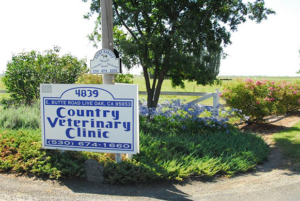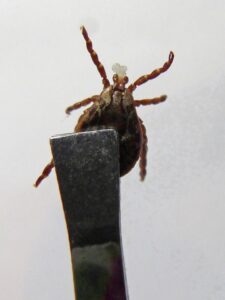All breeds, sizes, and ages of animals are susceptible to anemia. It happens when the red blood cells that transport oxygen decline. Several things can result in anemia, including the following:
- Blood loss.
- Underlying medical disorders.
- Parasites.
When severe, anemia can cause severe health problems, requiring treatment with blood transfusions.
What Is A Blood Transfusion?
A blood transfusion involves moving blood or blood components from donor to recipient. It aims to replace lost blood or increase red blood cells in the recipient’s body. Blood transfusions are critical in managing anemia in animals and can be life-saving.
Risks Associated With Blood Transfusions
Despite their potential benefits, blood transfusions do carry some hazards. The spread of infections is one of the most significant risks. An examination of the donor and recipient is necessary to prevent disease transmission.
Transfusions can result in unfavorable side effects. These include allergic reactions or hemolytic transfusion reactions. These reactions are rare but can be severe. Veterinary care must be readily available in case of any complications.
Blood Typing And Crossmatching
The donor and recipient must have their blood types crossmatched before a transfusion. Blood typing determines the animal’s blood group. That can be A, B, or AB, and it helps identify potential incompatibilities. Crossmatching checks for compatibility between the donor and recipient’s blood. These procedures are essential for ensuring the transfusion succeeds.
Donor Requirements
Not all animals are suitable blood donors. Animal blood donors must be healthy. They must be current on their vaccines and free from infectious diseases. Additionally, they must meet certain weight and age requirements and be calm. Once the vet identifies a possible donor, they take the animal’s blood. Depending on the recipient’s needs, the vet separates the different blood components.
Preparing For A Blood Transfusion
The receiver must undergo an examination to assess the extent of the anemia. The exam will also rule out any underlying disorders. The preparation process includes the following:
- Placement of an intravenous catheter.
- A blood test for antibodies.
- Administering required medications.
- These precautions seek to determine whether the patient is healthy enough to receive blood. This ensures the operation is as risk-free and efficient as possible.
The Transfusion Procedure
The procedure involves collecting blood from the donor, processing it, and administering it to the recipient. The vet performs the procedure slowly and carefully to minimize any adverse reactions. They closely monitor the recipient’s vital signs and promptly address complications.
After The Transfusion
The vet observes the recipient’s vital signs several hours after the transfusion to spot any adverse reactions. The patient might occasionally need to stay in the hospital for continued monitoring and care. The patient can go home once their condition stabilizes. However, they must undergo routine checkups to keep an eye on them.
Conclusion
Blood transfusions are an essential medical procedure in managing anemia in animals. The surgery has risks, but the advantages usually outweigh them. Animals suffering from anemia can go on to have long, healthy lives following the procedure.
For more on animal anemia, visit Country Veterinary Clinic at our Live Oak, California office. Call (530) 491-4500 to schedule an appointment today.



